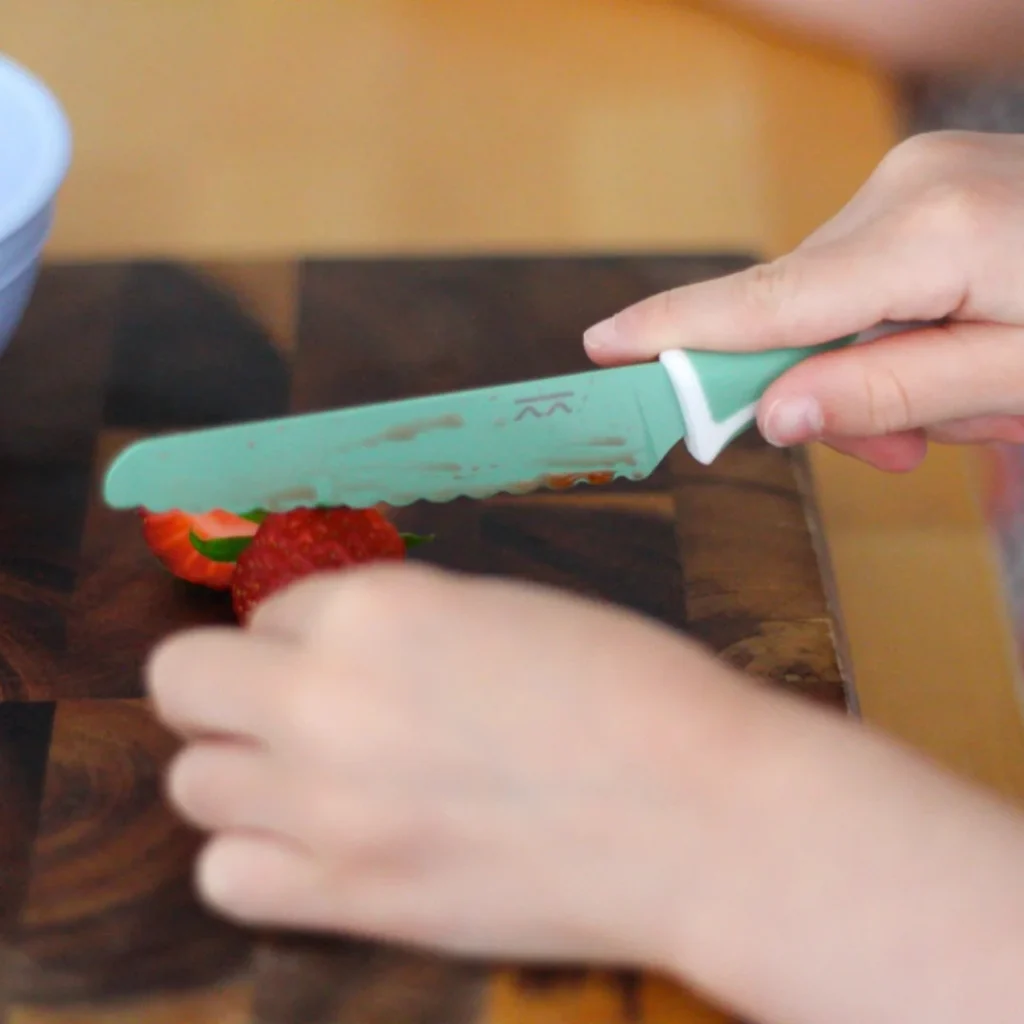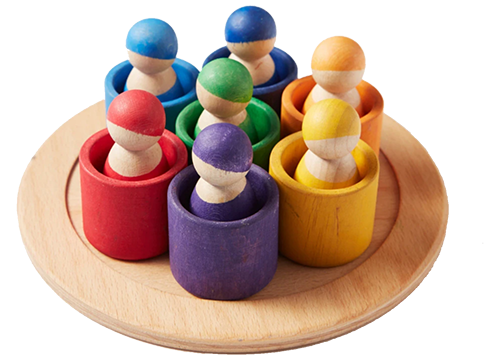Have you noticed your child struggling to hold a pencil, use scissors, or tie their shoelaces? You’re not alone. A recent National Geographic report highlights growing concerns among educators and researchers about the decline of fine motor skills in young children.
According to an Education Week survey,
📌 77% of PreK-3 teachers say fine motor skills have worsened in recent years
📌 69% report children struggle more with tying shoes compared to five years ago
So what’s changed? Experts point to rising screen time, reduced outdoor play, and modern lifestyle shifts as key factors affecting children’s hand strength and dexterity. But the good news is that we can help reverse this trend with intentional, hands-on activities.
Why Are Fine Motor Skills Declining?
Fine motor skills develop through daily experiences—writing, cutting, buttoning shirts, tying laces, and playing with small objects. But today’s children have fewer of these opportunities. Here’s why:
💻 More Screens, Fewer Hands-On Activities
Instead of building with blocks or drawing, many children spend hours tapping and swiping on screens. While digital tools have their place, they don’t strengthen hand muscles or develop the dexterity needed for writing, cutting, or grasping small objects.
📚 Reading for Fun is Declining
Research from Pew Research Center shows a steady decline in children reading for fun. While this might seem unrelated to fine motor skills, turning book pages, holding crayons, and practicing handwriting all play a crucial role in early motor development.
🏃♂️ Less Outdoor Play, Less Natural Muscle Building
Climbing trees, digging in the dirt, collecting acorns—these simple activities used to be a natural way for kids to build hand strength. But modern childhood has shifted, replacing free play with structured activities or more time indoors.
🎒 Convenience is Reducing Hands-On Practice
Think about how much easier kids’ routines have become:
✔️ Elastic waistbands replace buttons and zippers
✔️ Velcro shoes eliminate the need for tying laces
✔️ Pre-packaged snacks remove peeling, pouring, and cutting
While these conveniences save time, they also reduce the small, everyday tasks that help develop fine motor coordination.
🌏 Pandemic Disruptions Intensified the Issue
Even before the pandemic, fine motor skills were on the decline. However, school closures and limited social interactions meant fewer hands-on learning experiences like cutting, painting, and playing with peers—all of which are vital for developing dexterity.
But here’s the good news: Fine motor skills can be strengthened with simple, fun activities that don’t feel like work.
Simple, Effective Fine Motor Activities for Kids
Instead of forcing handwriting drills, we can help kids build fine motor strength through play, creativity, and everyday tasks. Here are some engaging, hands-on activities to get started.
🌱 1. Sensory Play with Scoops & Tongs
Scooping, pouring, and grasping small objects with tools help strengthen hand muscles and improve coordination. Sensory bins filled with rice or beans create an engaging, hands-on experience that kids love.
🛒 Try this: Growing Kind’s Sensory Rice, Tongs & Scoops Set lets kids explore different textures while practicing fine motor control. Using wooden scoops and tongs helps develop grip strength, coordination, and hand dexterity.
✅ No-cost option: Fill a tray with dry rice or lentils and give kids a spoon and cup to scoop and pour.
🔗 Shop Sensory Rice, Tongs & Scoops here

✂️ 2. Cutting & Crafting Challenges
Cutting requires hand-eye coordination, grip strength, and precision, making it one of the best ways to build fine motor skills.
🛒 Try this: My Creative Box craft kits are designed to engage little hands in activities like cutting, pasting, and creating. These kits combine fine motor work with creativity, making learning fun.
✅ No-cost option: Give kids a pair of safety scissors and let them cut out old magazines, make paper snowflakes, or create their own puzzles.
🔗 Find My Creative Box craft kits here
🎗️ 3. Threading Activities & Reels
Threading is a powerful fine motor exercise that strengthens grip, improves hand-eye coordination, and helps with pencil control.
🛒 Try this: Growing Kind’s Threading Reels & Activities provide a hands-on way to improve dexterity through fun threading challenges.
✅ No-cost option: Use dried pasta and a shoelace for a homemade threading game.
🔗 Shop Threading Reels & Activities here
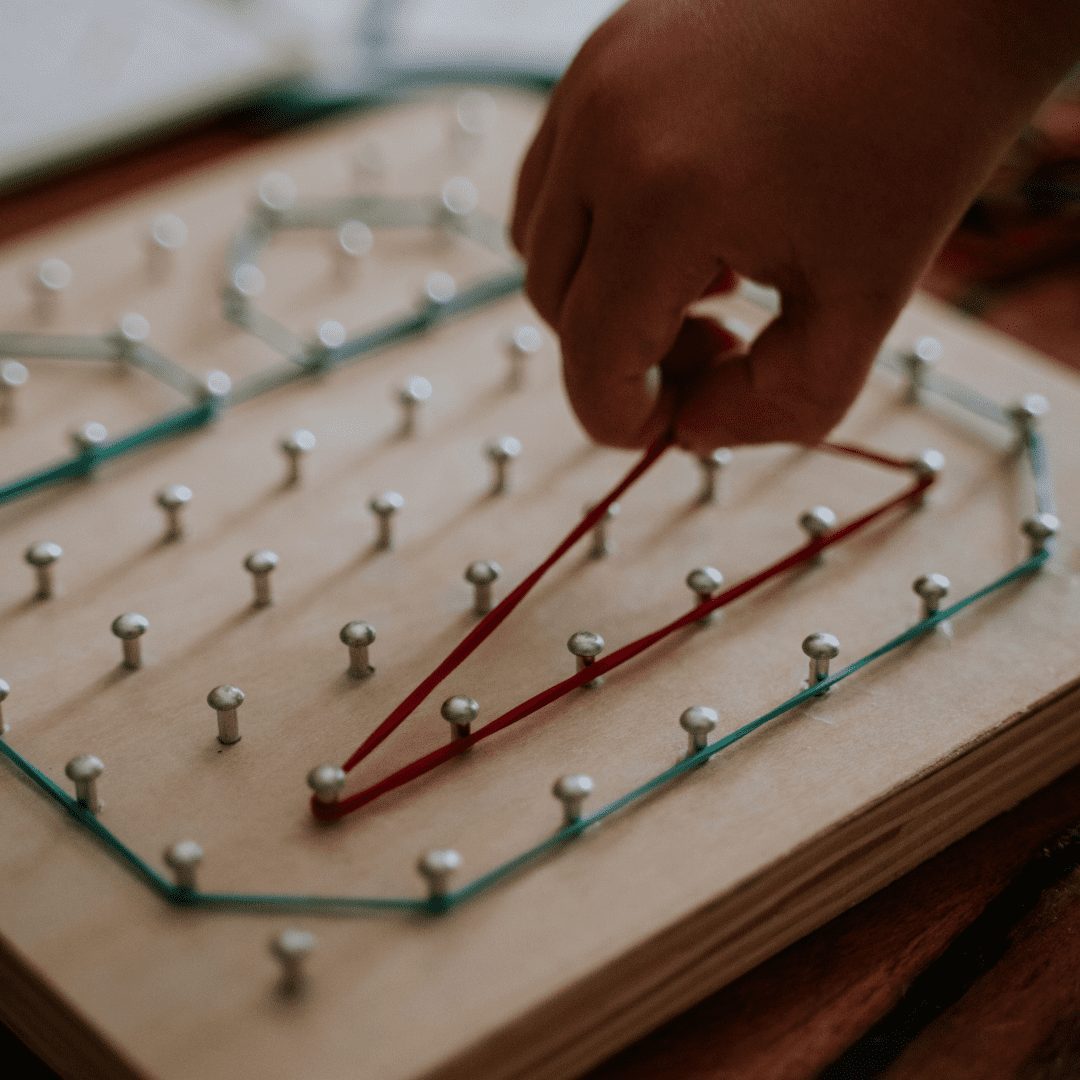

🎨 4. Playdough: Roll, Twist & Create!
Playdough is one of the best fine motor tools, helping kids strengthen their hands while shaping, rolling, and pressing.
🛒 Try this: Wild Dough Playdough is soft, scented, and perfect for engaging little hands. Encourage kids to roll, twist, stamp letters, or make pretend food.
✅ Low-cost option: Make your own playdough using flour, salt, water, and food colouring.
🔗 Shop Wild Dough Playdough here
🎭 5. Finger Painting for Creativity & Coordination
Finger painting isn’t just messy fun—it helps kids strengthen their finger muscles and improve coordination.
🛒 Try this: Set up a finger painting station with safe, non-toxic paints and let kids explore colours and textures.
✅ Low-cost option: Finger paint in the bath using soap and water—no mess, easy cleanup!
🔗 Explore kids’ art supplies here
🔪 6. Cutting Their Own Food
Letting kids slice soft foods, spread butter, or chop with child-safe knives helps build fine motor control while teaching independence in the kitchen.
🛒 Try this: Child-safe knives and food prep sets allow kids to practice safe cutting techniques while developing grip strength and coordination.
✅ No-cost option: Give kids a butter knife to cut bananas, spread peanut butter, or slice cooked pasta.
🔗 Find child-safe food prep tools here
How to Make Fine Motor Development a Daily Habit
Fine motor skill-building doesn’t have to feel like extra work. By making small adjustments to daily routines, parents can help children develop strong, capable hands without added stress.
Try these simple changes:
✔️ Reduce screen time—Set “no-screen” hours to encourage real-world play.
✔️ Incorporate hands-on learning—Let kids help cook, wrap presents, or write grocery lists.
✔️ Prioritise outdoor play—Climbing, digging, and nature play naturally build hand strength.
✔️ Encourage real-world challenges—Tying laces, buttoning shirts, and using zippers are skills worth practicing.
The world is changing fast—but childhood doesn’t have to. By bringing back hands-on play and creativity, we can help kids build the skills they need for life.
Written by Amie Muir
Early Childhood Teacher (Bachelor of Education)
Masters of Educational Neuroscience


